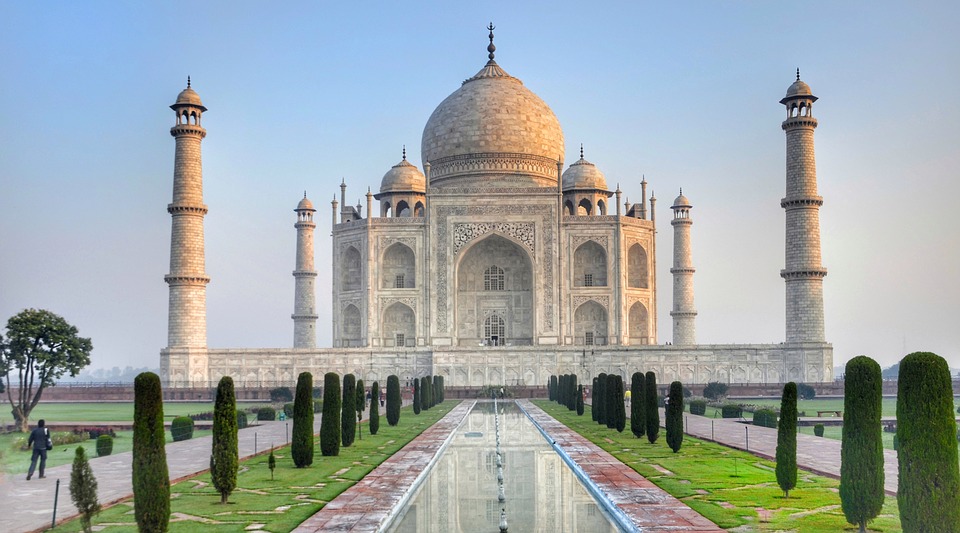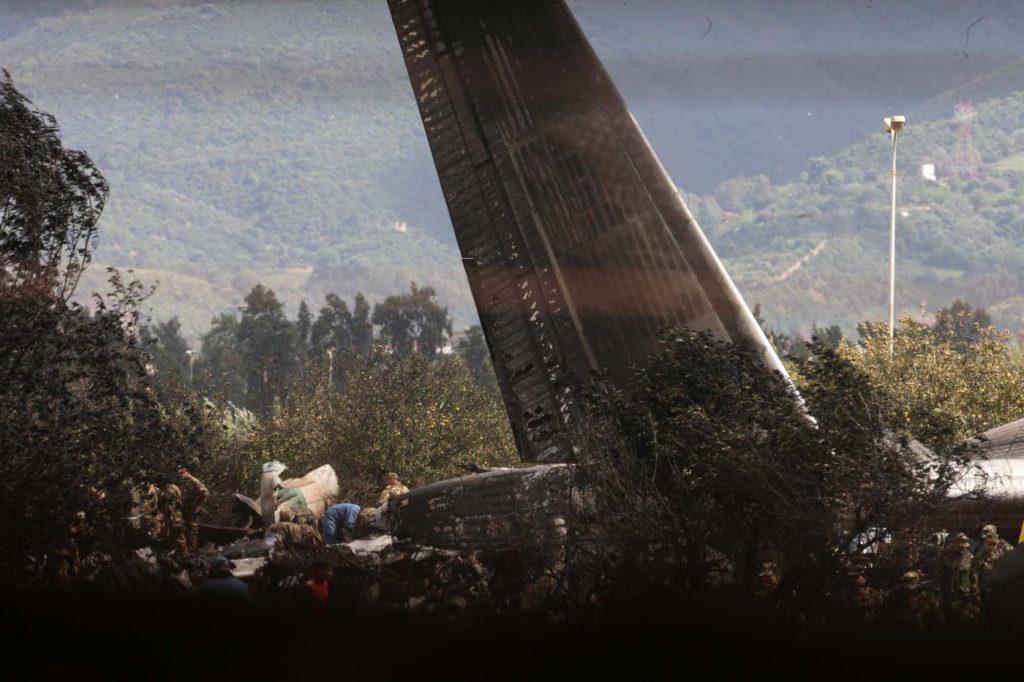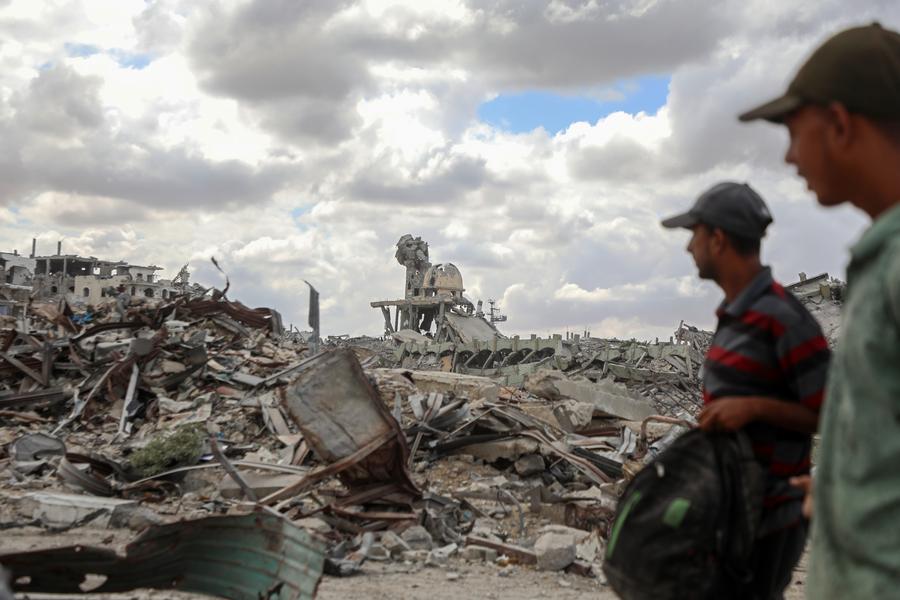Unseasonal rains damage the Taj as ownership issue turns confrontational … reports Asian Lite News.

The pillar on the premises of Taj Mahal collapsed earlier this month after heavy rain and strong winds lashed Uttar Pradesh’s Agra, reports said. No casualties were reported.
The 12-feet minaret on the southern entry gate, referred to as Darwaza-e-Rauza, fell as wind speed during the heavy rains crossed 130-kilometre per hour on Wednesday, The Times of India said. However, while few reports suggested that the incident occurred around midnight, The Times of India reported that it took place at 7.30 pm and one of the small white domes were hit during the incident.
Apart from Uttar Pradesh, pre-monsoon rains have also been reported in many parts of Rajasthan, Punjab and Haryana. In Rajasthan, at least twelve people died on Wednesday in rainstorm-caused accidents.
In March 2016, a pinnacle of one of the four minarets of the UNESCO World Heritage Site had reportedly fallen off during repair work. However, the Archaeological Survey of India had denied the incident and said that the pinnacle was taken out because of its weak condition.
Recently, the authorities had decided to restrict the entry to the 17th-century monument to 40,000 tourists daily and put a three-hour cap on each ticket in a bid to preserve the heritage site.
The weather is not the only trouble for the iconic structure. International collaboration is engaged in comparing the impact of dung cake burning versus the burning of municipal solid waste on browning of world heritage monument and on the health of people living nearby.
Airborne particulate matter (PM) in cities poses a range of problems including degradation in air quality leading to health concerns and also the discolouration of ancient buildings. In Agra, home to the Taj Mahal, authorities have taken a number of measures to curb the impact of local air pollution on the world heritage site. These steps include restricting vehicles near the complex, requiring iron foundries to install scrubbers and filters on their smokestacks, prohibiting new polluting enterprises from being built within a defined buffer zone around the mausoleum, and—most recently—banning the burning of cow dung cake as cooking fuel.
Adding to this list, scientists have expressed concern about the impact of municipal solid waste (MSW) burning—reporting their most recent findings in the journal Environmental Research Letters. Using new field methods, researchers based in India and the US, provide scientific evidence that the burning of MSW in the vicinity of the monument could also be contributing harmful levels of material.
It does not end here. There is also a confrontation between the Supreme Court of India and the demand by the wakf board indicating that unless documents show that it was owned by Emperor Shah Jahan the Taj should be seen as belonging to the wakf board of Uttar Pradesh.
In a report carried on Firstpost and shared with Asianlite, the issue is now contentious.
The Supreme Court, on April 10, directed the Uttar Pradesh Sunni Wakf Board to produce documents bearing the signature of Mughal emperor Shah Jahan to prove its claim of ownership over the Taj Mahal.
According to a report in the Hindustan Times, the court granted the board a week’s time to submit the documents.
The Archaeological Survey of India (ASI) had petitioned the court in 2010 against the Wakf board’s July 2005 decision ordering that the Taj be registered as the latter’s property. There is a stay on the order.
While hearing the petition filed by the ASI in 2010, a bench led by Chief Justice of India Dipak Misra, told the board, “Who in India will believe it belongs to the wakf board? These kind of issues must not waste the time of the Supreme Court.”
“When was it given to you? When did you come in? For over 250 years, the East India Company was in possession. After that it passed to the Central government. The ASI (Archaeological Survey of India) has been in charge of managing it. It had the right of administration,” the chief justice added, while tracing the history of the monument.
When senior advocate VV Giri, who is representing the Wakf board, told the apex court that Shah Jahan had executed a wakfnama in favour of the board, the bench demanded that the board place the “original deed executed by Shah Jahan” before the court.
The chief justice also questioned the board on how Shah Jahan had signed the wakfnama. “How did he (Shah Jahan) sign the wakfnama? He was in jail and used to view the monument while in custody,” Misra asked, according to the Hindustan Times.
ADN Rao, the ASI’s advocate, told the Supreme Court that there was no such wakfnama. “Under the 1858 proclamation, the properties taken from the last Mughal emperor, Bahadur Shah Zafar, were vested with the Queen,” Rao said, according to reports. “By a 1948 Act, the buildings were taken over by the Indian government,” he added.
The matter reached the Supreme Court after a resident of Uttar Pradesh moved the Allahabad High Court seeking to be appointed as caretaker of the Taj Mahal, as a Mughal descendant. The high court had refused to intervene and asked him to make a representation to the Wakf board.








